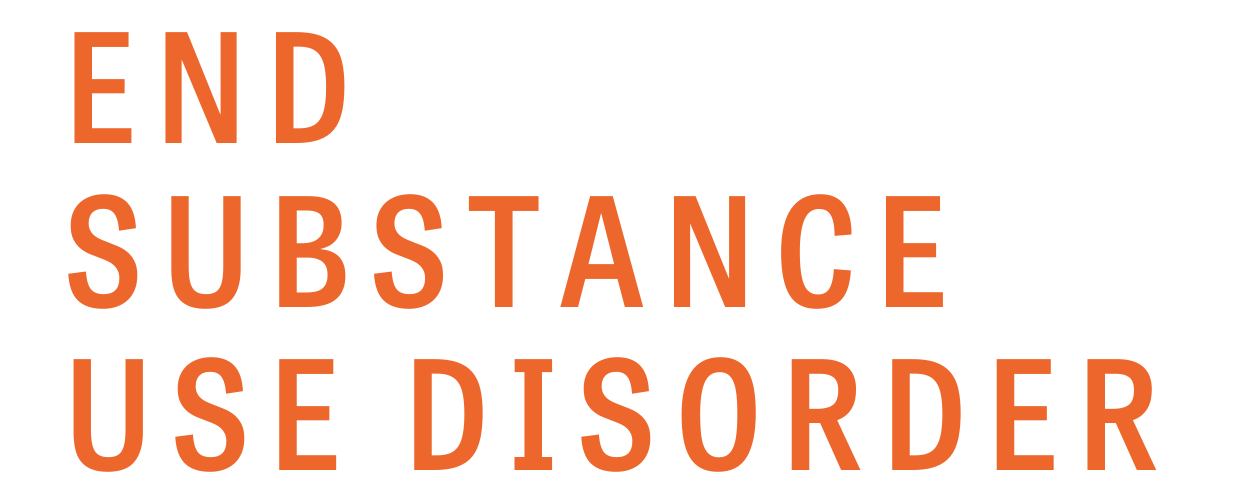Research & Policy
The Mainstreaming Addiction Treatment Act: Protecting children.
Overview
- When adults with opioid use disorder do not receive effective treatment, children can suffer.
- Foster care from abuse and neglect and neonatal abstinence syndrome have grown at alarming rates since the opioid epidemic began.
- Increasing access to buprenorphine treatment reduces child abuse and neglect.
- The Mainstreaming Addiction Treatment Act will keep children safe by ensuring that the adults who care for them receive effective treatment.
Problem
When adults with opioid use disorder do not receive effective treatment, children suffer. The opioid epidemic has caused:- the number of children in foster care due to parental drug use to more than double,and
1
Angélica Meinhofer, PhD and Yohanis Angleró-Díaz, MD, Trends in Foster Care Entry Among Children Removed From Their Homes Because of Parental Drug Use, 2000 to 2017, JAMA Pediatrics (July 15, 2019), https://bit.ly/3vUBGDS (“The number of foster care entries attributable to parental drug use increased substantially from 2000 to 2017 (from 39 130 to 96 672 removals, an increase of 57 542 removals [147.05%]), even when entries for other removal reasons mostly declined. These findings suggest that greater parental drug use has contributed to increases in foster care caseloads and coincide with increasing trends in opioid use and overdose deaths nationwide during this period.”). - the rate of babies born in opioid withdrawal (known as “neonatal abstinence syndrome”) to grow nearly fivefold.
2
American Academy of Pediatrics, “A Public Health Response to Opioid Use in Pregnancy,” 139(3) Pediatrics (2017) https://bit.ly/3tSa9kQ (“As opioid use among pregnant women increased, the rate of infants in the United States experiencing opioid withdrawal after birth, known as neonatal abstinence syndrome (NAS), grew nearly fivefold over the past decade. By 2012 in the United States, on average, 1 infant was born every 25 minutes experiencing signs of withdrawal, accounting for an estimated $1.5 billion in hospital charges…For women with opioid use disorder, the abrupt discontinuation of opioids in pregnancy can result in preterm labor, fetal distress, or fetal demise. Furthermore, medically supervised withdrawal from opioids in opioid-dependent women is currently not recommended during pregnancy, because the literature suggests that withdrawal is associated with high relapse rates. Opioid agonist therapy, also known as medication-assisted treatment, with methadone or buprenorphine has emerged as the standard for pregnant women with opioid use disorder. Opioid agonist therapy has been shown to be safe and effective in pregnancy and is associated with improved maternal and infant outcomes.”).
4
Mir M. Ali, Robin Ghertner, “Is buprenorphine treatment availability associated with decreases in substantiated cases of child maltreatment?” J. Substance Abuse Treatment (Apr. 11, 2022), https://bit.ly/3vA9jM7 (“Increased buprenorphine treatment capacity was correlated with lower rates of substantiated cases of maltreatment, suggesting that OUD treatment is effective in reducing immediate risk to children. Increased treatment for OUD has a positive externality in the child welfare context. Increases in buprenorphine treatment are likely to provide parents not only with the needed treatment for their OUD but also act as a support mechanism to fulfill their parental roles.”).
The American Academy of Pediatrics has called for eliminating the federal restrictions on prescribing buprenorphine so it can be widely available in primary care practices.
5
Carla Kemp, “New guidelines would make it easier for pediatricians to prescribe buprenorphine,” AAP News (Jan. 19, 2021), https://bit.ly/3fcWroq (“ ‘There's no question in my mind that this is good news,’ said Lucien Gonzalez, M.D., M.S., FAAP, chair of the AAP Committee on Substance Use and Prevention. The waiver not only was ‘rigmarole,’ Dr. Gonzalez said. It also created a psychological barrier to prescribing buprenorphine by making physicians think, ‘Ooh, what's magic about this medication?’ Yet, they may not think twice about prescribing Percocet, he said. Buprenorphine was approved for use in patients 16 years and older by the Food and Drug Administration in 2002. Physicians could prescribe the medication in general medical settings but first had to complete eight hours of training and apply for the waiver. In 2016, the AAP published a policy statement that encouraged pediatricians to offer medication for the treatment of opioid use disorder in adolescents and young adults. The AAP also has supported changes to make it easier to prescribe buprenorphine and endorsed a bill in 2020 that would have eliminated the need for a waiver.”).
